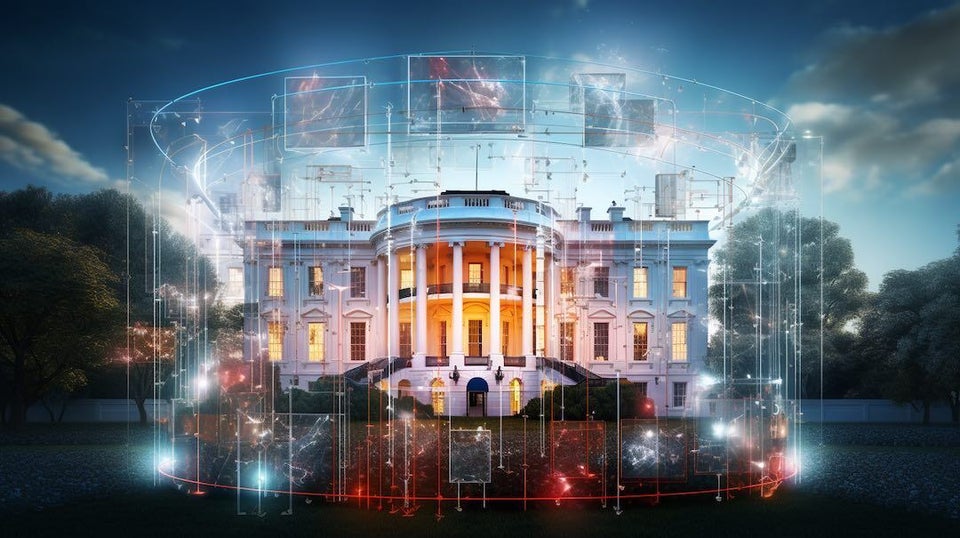Last week, President Biden issued an Executive Order that has been long-awaited by investors, legal professionals, and the technology sector as a whole. This order outlines proposed restrictions on outbound U.S. investments in entities located in China, specifically targeting the semiconductor, quantum computing, and artificial intelligence (AI) sectors. The Treasury Department has also published an advance notice of proposed rulemaking, detailing its approach to implementing the order.
Key Points
-
No Immediate Legal Requirements: The executive order does not impose any immediate restrictions or obligations. It will likely take months for the government to finalize regulations.
-
Limited Scope: The order is highly targeted, with a scope limited to investments in the Chinese semiconductor, quantum computing, and AI sectors.
-
Potential Prohibitions and Notifications: Depending on the perceived national security threat, the order contemplates prohibiting certain transactions and requiring notification of others.
-
Possibility of Broader Requirements: Many in Congress favor more far-reaching requirements than those the administration envisions, so it is possible that the scope of these export controls ends up expanding further.
Key Questions Answered
-
Immediate Impact: The order does not impose immediate restrictions but instructs the Treasury Department to formulate regulations for a new national security program affecting U.S. investments in certain Chinese companies. The Treasury Department has already established a website for this outbound investment program, which provides copies of a press release and a fact sheet discussing the proposed restrictions in further detail.
-
Affected Parties: The program will apply to U.S. citizens, lawful permanent residents, U.S. organized entities, and any person in the United States.
-
Types of Transactions Covered: The regulations will cover transactions with companies organized in China or owned by Chinese individuals or entities, including acquisitions, financing, greenfield investments, and joint ventures.
-
Prohibited or Notification-Required Transactions: The order contemplates prohibiting covered transactions involving certain advanced technologies and products and requiring notification for others.
-
Targeted Sectors: The regulations will target technologies in semiconductors, quantum computing, and AI.
Next Steps
-
Public Comment Period: Stakeholders have until September 28, 2023, to submit comments on the proposed regulations. This is a critical opportunity to influence the final rules, and interested parties should consider providing feedback.
-
Drafting and Monitoring Regulations: Following the public comment period, the Treasury Department will draft the final regulations, a process that may take several months. Continuous monitoring of updates from governmental agencies will be essential, as the final regulations may differ significantly from the initial proposals.
-
Compliance Preparations and Legal Consultation: Businesses and investors should begin assessing their current and planned investments in the targeted sectors. Engaging legal counsel with expertise in U.S.-China investment regulations will be crucial for understanding potential compliance challenges and preparing for implementation.
-
Understanding Broader Implications and Collaborating with Industry Groups: The order's impact extends beyond the specific sectors mentioned and may influence other areas of U.S.-China relations. Collaboration with industry associations and professional networks may provide additional insights and support in navigating the new regulatory landscape.
-
Preparing for Implementation and Considering Other Legal Considerations: Once the final regulations are published, stakeholders will need to ensure full compliance by the effective date. This may require adjustments to investment strategies, internal policies, and consideration of other existing U.S. laws and regulations that could impact the ability to invest in China.
Conclusion
The Biden Administration's Executive Order represents a significant step in regulating U.S. investments in Chinese technology sectors. While the immediate impact is limited, the proposed regulations have far-reaching implications for investors, businesses, and legal professionals.
The complexity of the order and the potential for changes in the final regulations necessitate careful monitoring and consideration. For those interested in submitting comments or seeking further guidance, the deadline for public feedback is September 28, 2023. The proposed restrictions may only impact a narrow segment of industries, but the broader implications for U.S.-China relations and global technology development are profound.










